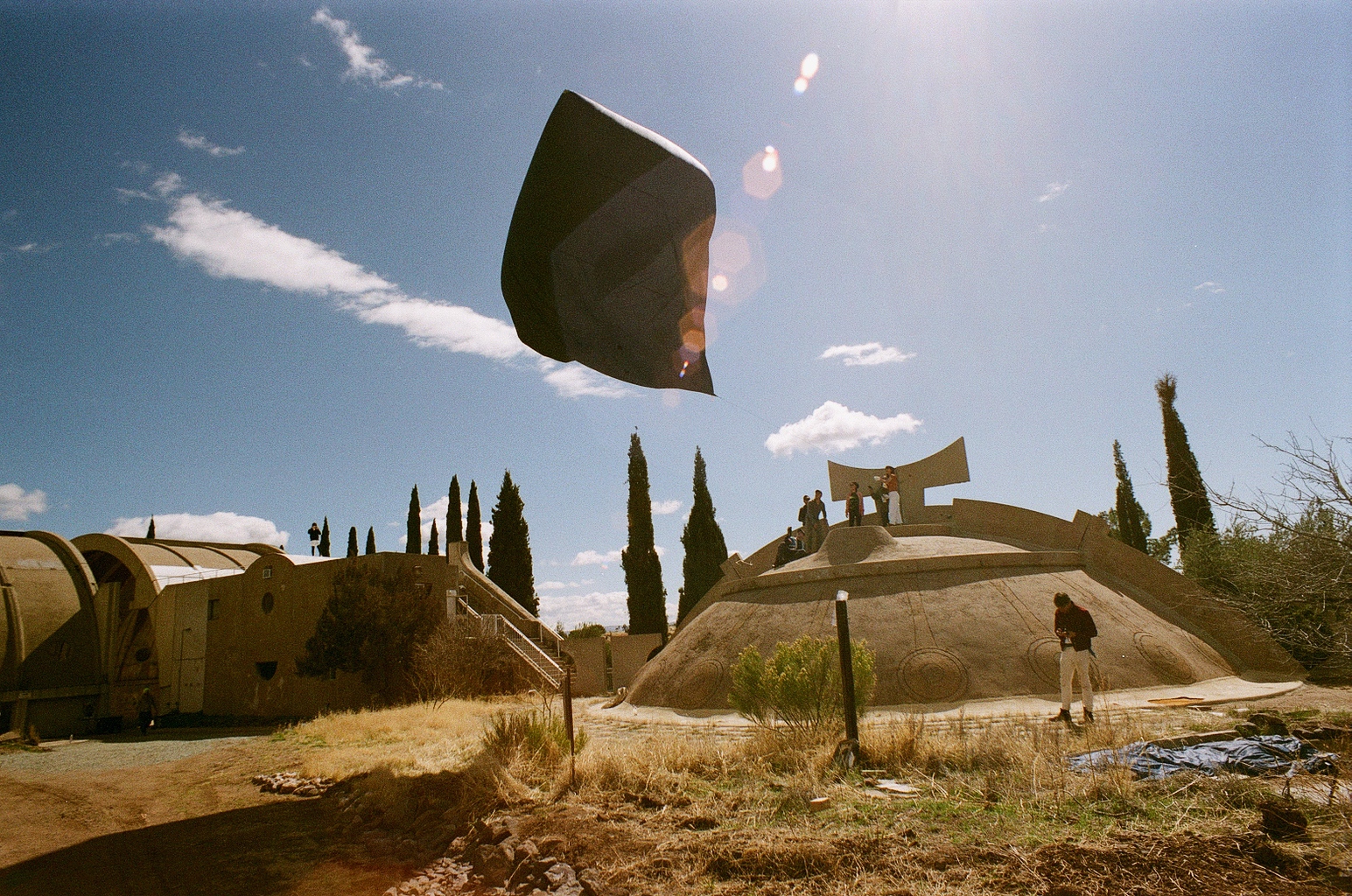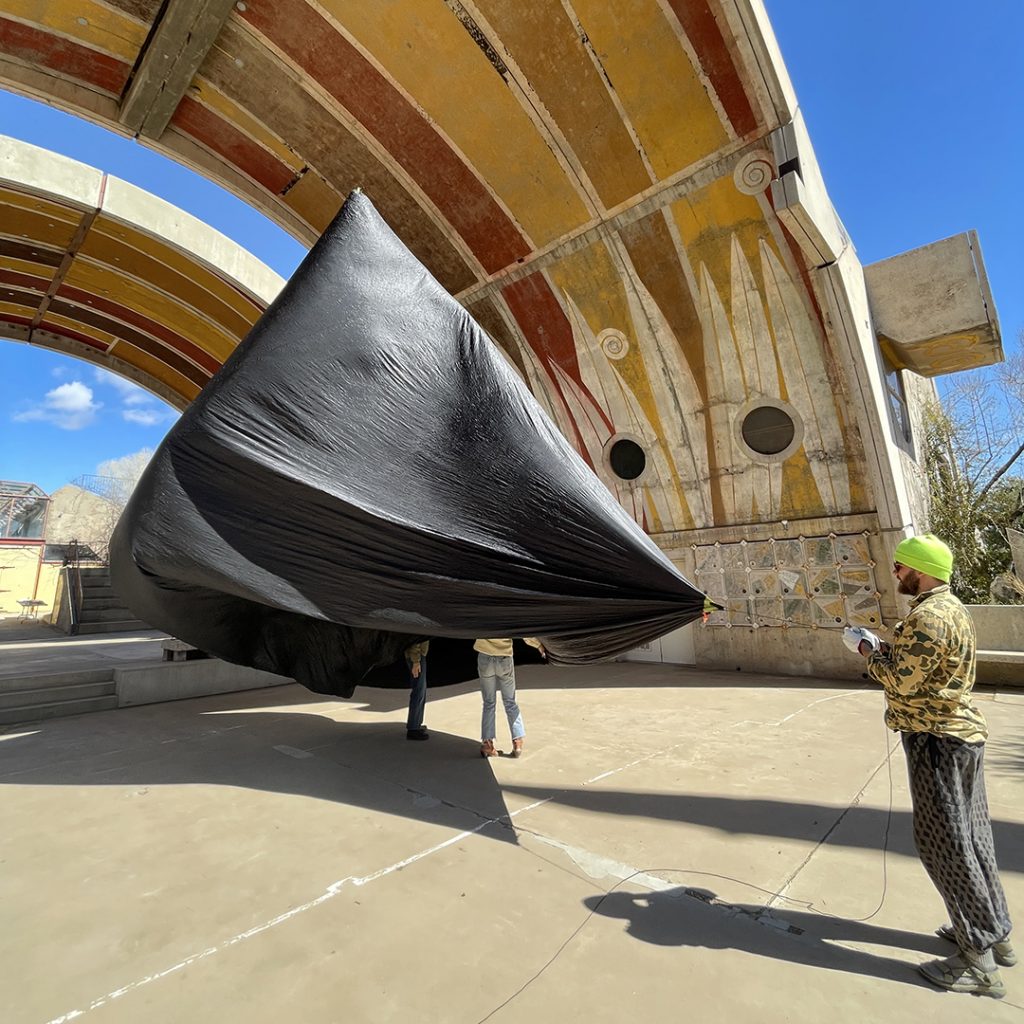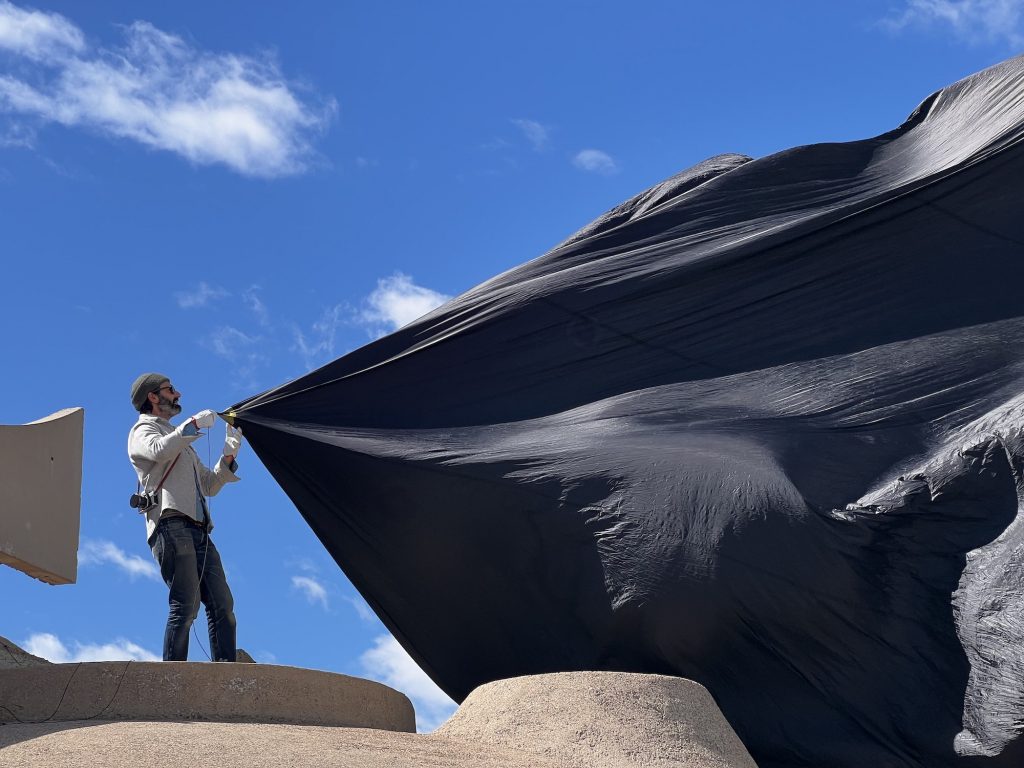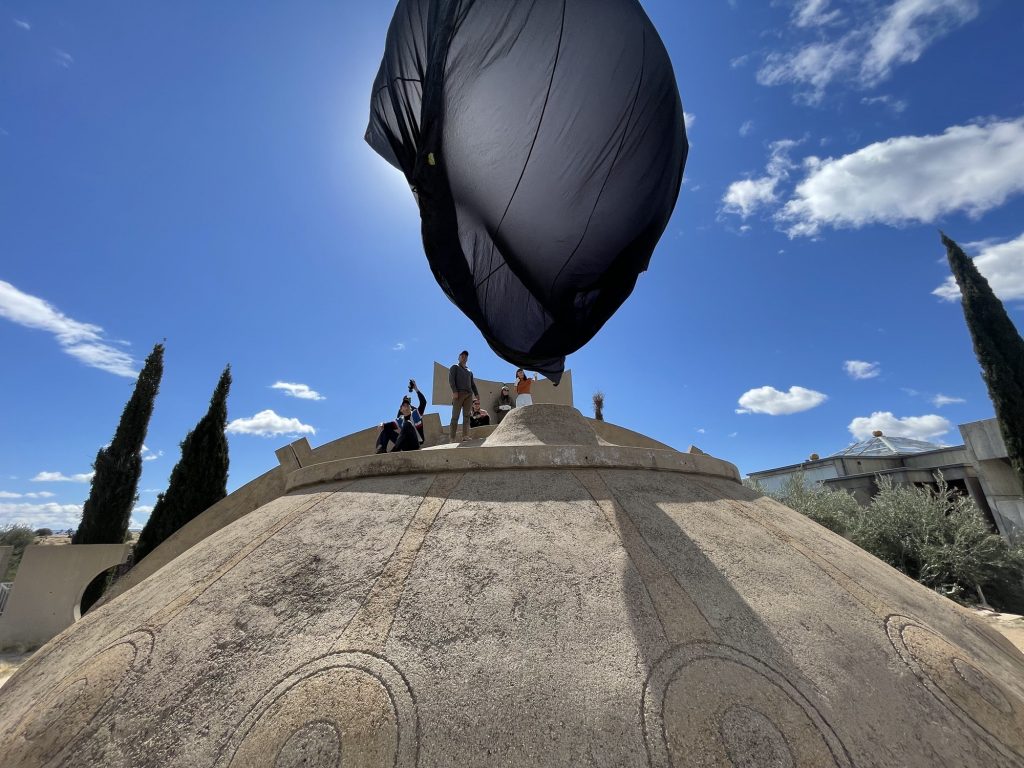Hoy nos sumergimos profundo en la historia del Museo Aero Solar (MAS), reviviendo uno de los MAS más asombrosos jamás construidos, por su ubicación única y remota en la selva peruana, por las duras condiciones ambientales que rodearon su nacimiento y, principalmente, por la resiliencia de la comunidad que participó en su construcción. Permítannos reflotar la historia del Museo Aero Solar Cuarachi.
En junio de 2014, un oleoducto estatal reventó en el departamento de Loreto, Perú, contaminando las aguas del río Marañón, del cual los lugareños habían construido su medio de vida durante siglos. La falta de cobertura mediática de esta catástrofe ecológica dejó a las comunidades nativas con pocas esperanzas de recibir ayuda del gobierno.
Los artistas Helga Elsner Torres y Ramiro Wong decidieron pasar a la acción y se pusieron en contacto con la ya consolidada comunidad del Museo Aero Solar, muy activa en Perú.
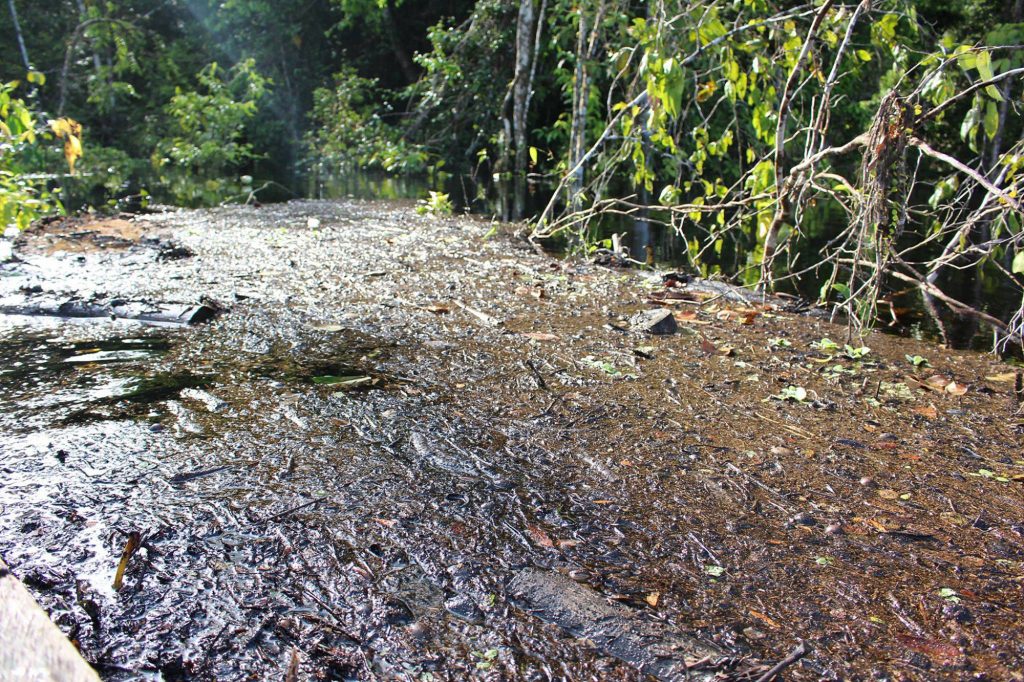

Helga y Ramiro, que conocían la técnica de construcción de la escultura en forma de tetraedro, junto con un pequeño grupo de artistas y activistas viajaron a la remota localidad de Cuninico. Con el objetivo de documentar el impacto del vertido de petróleo en colaboración con la comunidad Cocama, la que fue mayormente afectada, asumieron el reto de construir colectivamente un Museo Aero Solar.

Es por eso que Ramiro, Frances Munar Aparicio @francesmunar y yo exhibimos de la mano del artista Tomás Saraceno la experiencia del Museo Aero Solar en Cuninico, en el Museo 21er Haus en Vienna, Austria. La gente que asistió a la exposición y a la conferencia se quedó boquiabierta: ¿Cómo es posible que, con la máxima impunidad, estos desastres sigan sucediendo? ¿Quién logra hacer una escultura solar en el medio de la Amazonía?”
En el proceso de armado de un Museo Aero Solar, la remota comunidad Cocama de Cuninico se unió compartiéndonos las miserias de la contaminación ambiental, pero también la alegría de construir juntos una inmensa escultura hecha con bolsas de plástico reutilizadas en las que escribieron sus historias documentando los peligrosos impactos que los vertidos habían tenido en el ecosistema circundante, y en sus propias vidas.
Todas las fotografías son de Helga Elsner, a quien agradecemos por colaborar con la historia del Museo Aero Solar!

